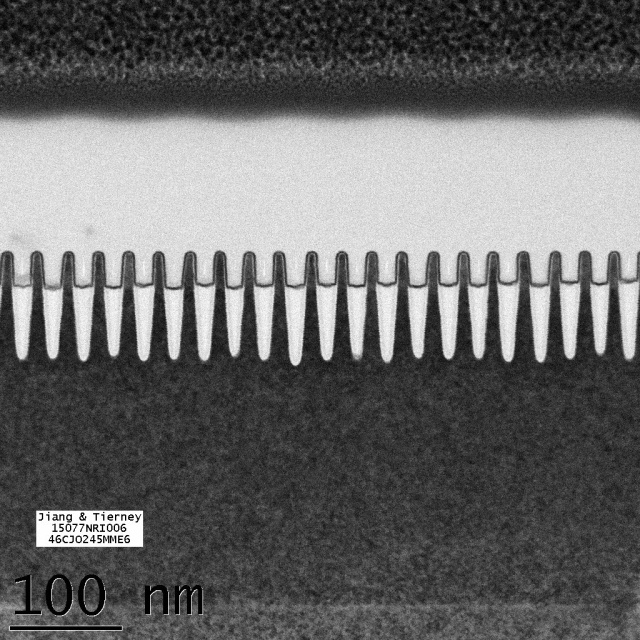The misnomer began shortly after WWII. Because the deployment of the atomic bomb needed to be explained to the American public, while protecting the top secret information used to make it, the declassified "Smyth Report" detailed not the nuts and bolts of engineering and manufacturing an atomic bomb, but rather the theoretical physics behind its operation, which was unclassified and widely known by the physics community at the time. A 1949 Life magazine profile of J. Robert Oppenheimer, the "Father of the Atomic Bomb," highlighted the importance of physics in winning this effort. That and the development of radar at MIT's Radiation Laboratory cemented the notion of WWII as the Physicists' War.
But the term was actually coined four years earlier by James Conant, Harvard President and chair of the US National Defense Research Committee. And far be it for a highly ranked official to give the game away about the Allies plans regarding wartime physics, especially given that MIT's 'Rad Lab' was a year old and the Manhattan Project wasn't a project yet, he actually meant something quite different. He meant education.
 |
| Knowledge not nukes [Technique/MIT Museum] |
Well that's a nice historical curiosity and all, but I'm sure the lasting effects were short-lived and inconsequential. And that would also happen to be wrong! After the war, physicists both benefited from increased government funding of laboratories and training, and suffered at the hands of anti-Communists during the Red Scare. Many decades following (and I've heard this from more senior coworkers), the practice of physics was associated with war. The increased government funding also altered the relationship between national defense and academia, and the way scientific research is organized and funded to this day. And historical decisions continue to be fascinating.
